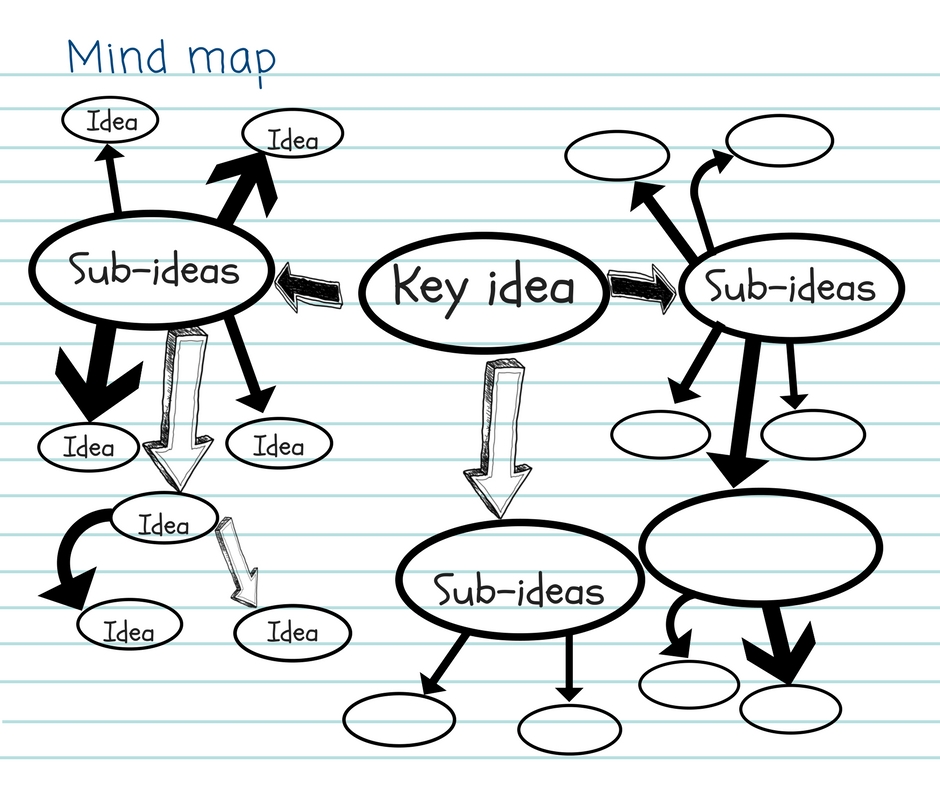Hi everyone! Welcome to my blog where I share tips and tricks on how to study smarter and better. Today I’m going to talk about one of the most important skills for any student: taking notes. Taking notes is not just writing down everything the teacher says or copying from the slides. It’s a way of processing and organizing the information you learn, so that you can remember it better and use it later. But how do you take notes effectively? Are there any scientifically proven methods that can help you improve your note-taking skills? The answer is yes! In this blog post, I’m going to introduce you to some of the best note-taking techniques that have been backed by research and proven to work. Let’s get started!
The first technique is called the Cornell method. This method was developed by Walter Pauk, a professor at Cornell University, who wrote a book called How to Study in College. The Cornell method involves dividing your paper into three sections: a cue column on the left, a note-taking column on the right, and a summary section at the bottom. The cue column is where you write down key words, questions, or cues that will help you recall the main ideas of the lecture. The note-taking column is where you write down the main points, facts, examples, and explanations that you hear or see during the lecture. The summary section is where you write a brief summary of the main topic and the main points of the lecture. The Cornell method helps you organize your notes in a clear and logical way, and also helps you review them later by using the cues and summaries.

The second technique is called the outline method. This method involves using headings and subheadings to structure your notes in a hierarchical way. You start with the main topic of the lecture, then write down the main points under it, then write down the subpoints under each main point, and so on. You can use indentation, bullet points, numbers, or symbols to show the level of each point. The outline method helps you capture the main structure and logic of the lecture, and also helps you see the relationships between different points.

The third technique is called the mind map method. This method involves using diagrams to represent your notes visually. You start with a central idea or topic in the middle of your paper, then draw branches from it to connect to other related ideas or topics. You can use colors, shapes, symbols, images, or keywords to label each branch. You can also draw sub-branches from each branch to show more details or examples. The mind map method helps you use both sides of your brain: the left side for logical thinking and the right side for creative thinking. It also helps you see the big picture and the connections between different ideas.

These are just some of the note-taking techniques that have been scientifically proven to work. Of course, there are many other methods that you can try and experiment with, such as the charting method, the sentence method, or the matrix method. The key is to find a method that suits your learning style and preferences, and to practice it regularly. Remember, taking notes is not just a passive activity; it’s an active skill that can help you learn better and faster.
So next time you have a lecture or a reading assignment, try one of these methods and see how it works for you. Happy note-taking!
